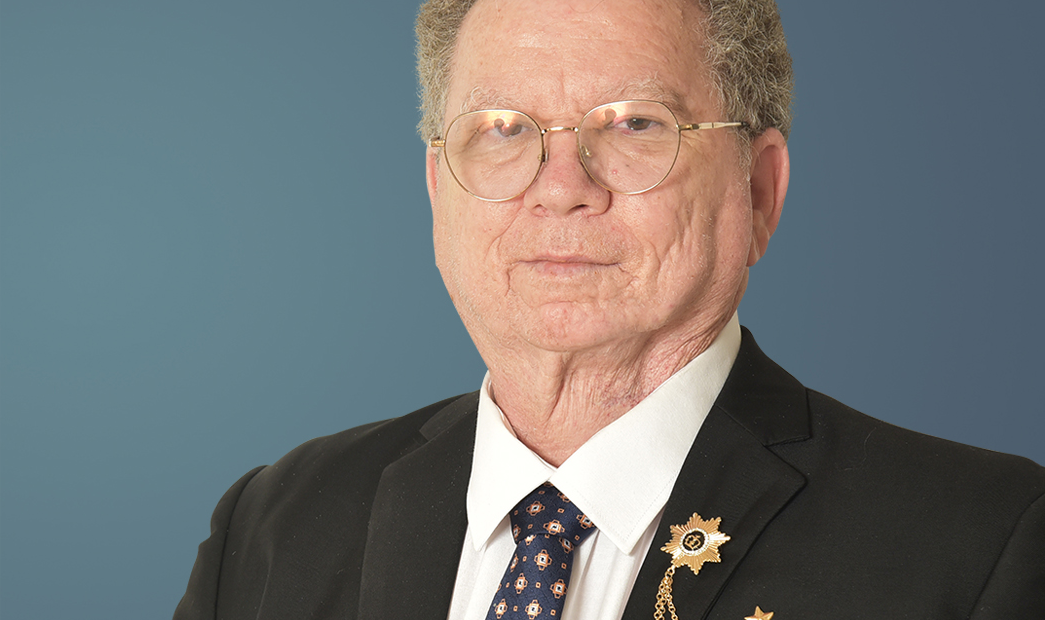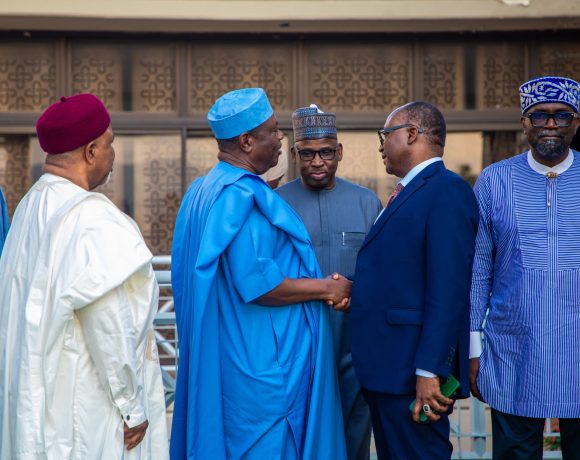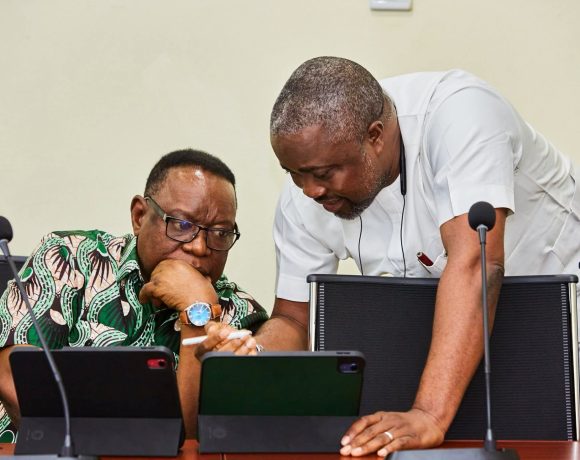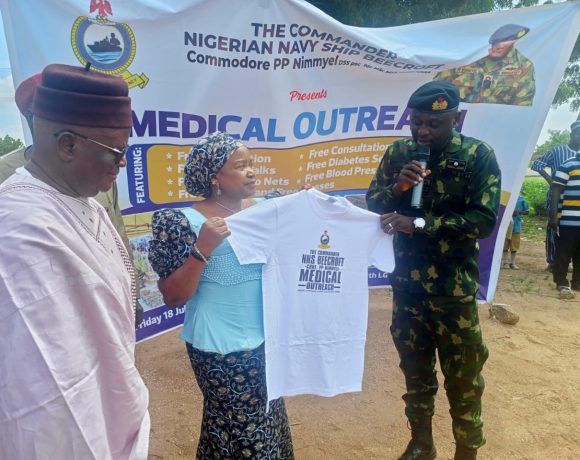A New Era in the Middle East: Trump Ends the War and Opens the Age of Agreements

Israel
Opinion By: Samuel Shay, Entrepreneur and Economic Advisor for the Abraham Accords
The End of Terror the Beginning of Reconstruction
After months of bloody battles, Gaza emerges from ground zero and the entire world now understands that the regional reality has changed irreversibly.
The end of the war and the release of the hostages are not just tactical achievements; they symbolize the conclusion of an era of terror and chaos that dictated the Middle East’s agenda for decades.
President Donald Trump, who recognized this historic turning point, is determined to turn the end of the Gaza conflict into a cornerstone of his broader strategic plan to reshape the entire region.
What was once a center of confrontation will become a hub of rehabilitation, development, and regional economic growth.
In this sense, Trump views Gaza as a geo-economic reboot a territory emerging from destruction and entering a new era of responsibility, cooperation, and economic openness.
The New Gaza from Rubble to Renewal
Trump’s reconstruction plan for Gaza is based on a simple principle: turn destruction into opportunity.
The first phase will include a systematic removal of millions of tons of debris, concrete, and steel. But instead of treating the waste as a problem, Trump sees it as raw material.
The debris will be processed in recycling plants and turned into building blocks and concrete for a new marina or even an artificial island off the Gazan coast designed as a future hub for tourism, trade, and international employment.
After clearing the rubble, the construction phase will begin: modern neighborhoods powered by renewable energy, advanced educational institutions, technological parks, and international hospitals.
The vision is to create a “New Gaza” a smart city powered by solar energy and managed by artificial intelligence, serving as a global model for post-conflict reconstruction.
Israel and the United States will lead the planning and execution. American engineering and infrastructure companies will handle operations, while security supervision will remain under joint U.S., Israeli command.
The goal is not merely to rebuild Gaza but to transform it into a stable economic anchor at the heart of the Middle East.
Regional Population Movement A New Humanitarian Model
One of the central elements in Trump’s vision is the creation of a rehabilitation pathway for the local population through the relocation of a large portion of Gaza’s residents to African nations that have signed cooperation agreements with the United States such as
Ghana, Gabon, Tanzania, and Angola.
These countries will host Gazan families in developing economic communities that provide professional training, employment, and the chance for a dignified life.
For Africa, this process brings benefits as well: access to a motivated workforce, new American investments, and the creation of essential infrastructure.
This is a dual-benefit model a humanitarian solution for refugees that simultaneously accelerates growth in developing nations, setting a precedent for peace through economic partnership.
Phase Two: Trump’s New Peace Map
With the Gaza conflict concluded, Trump is turning to the next stage of his global initiative expanding the Abraham Accords to a much broader circle of nations.
The first stage will likely include peace agreements with Saudi Arabia, Syria, Lebanon, and Azerbaijan all already engaged in discreet diplomatic coordination with Washington and Jerusalem.
The Saudi deal is the keystone: a comprehensive security and economic alliance between Riyadh, Washington, and Jerusalem, including projects in green energy, high-tech industries, and smart agriculture worth hundreds of billions of dollars.
Syria will join later under a new security arrangement that ensures its economic recovery in exchange for cutting all ties with Iran.
Lebanon will receive a full rehabilitation of its electricity, water, and port infrastructure through an international investment fund initiated by Trump.
Azerbaijan, a long-time ally of both the U.S. and Israel, will act as a commercial and logistical bridge connecting Asia and the Middle East to Europe.
Turkey Returns to the Center Stage
One of Trump’s most strategic moves is bringing Turkey back into alignment as a partner in the regional peace framework.
He believes that Turkey must be part of the solution, not part of the problem.
Under this initiative, an inter-continental transportation network the “Great Economic Corridor” will be built, linking Africa, Egypt, Israel, Syria, Turkey, and Bulgaria, and continuing into Europe.
This corridor will become a logistical and economic bridge uniting three continents and restoring Turkey’s role as a vital gateway between Asia and Europe.
The move will also reduce Turkey’s dependency on Russia and Iran and reestablish its status as a moderate and influential Muslim power.
A New Horizon the Union of the Middle East, Asia, and Africa
The next stage of Trump’s plan envisions extending the peace framework to more Muslim nations including Pakistan, Malaysia, Indonesia, and potentially Afghanistan.
Each nation will join not based on ideology, but on a clear economic interest: investment, stability, and employment.
The ultimate vision is the creation of a massive stability bloc linking East Asia, the Gulf, Africa, and Europe all functioning within a unified economic system backed by American security and trade infrastructure.
The Next Front Iran
Iran remains Trump’s most formidable challenge. Just as Gaza was dismantled as a terrorist stronghold, Iran represents the final obstacle to regional peace and prosperity.
Trump has already made it clear that he will not allow Iran to possess nuclear weapons or operate regional terror networks.
It is widely believed that the White House is now forming a regional coalition with Saudi Arabia, Turkey, and Israel to neutralize Iran’s influence through a combination of unprecedented sanctions and, if necessary, precise military operations.
For Trump, Iran must choose: join the economic table or disappear from the map of influence.
Economy, Technology, and Peace the New Engines of the Middle East
Trump’s final vision rests on one guiding principle: peace is not born from diplomacy it is born from economics.
Alongside the new peace accords, he plans massive investments in artificial intelligence, green energy, advanced agriculture, and smart transportation.
American, Saudi, Emirati, and Israeli companies are already preparing to establish dozens of technology parks, research centers, and innovative agricultural projects across the region from Haifa Bay to Oman.
These investments are expected to reach hundreds of billions of dollars and generate millions of new jobs.
It will become one of the largest economic programs in modern history reshaping global power dynamics and placing the Middle East at the center of the world economy.
The Infrastructure Revolution the Backbone of the New Middle East
The next phase of Trump’s initiative is the strategic infrastructure revolution the physical foundation for lasting peace and prosperity.
At its core lies an integrated regional transportation system: a vast network of highways, railways, and underground tunnels linking the Middle East, the Gulf, and Africa into one continuous and secure movement grid.
- The Central Axis the Egypt, Israel, Syria, Turkey, Europe Highway
This project aims to make Israel the transportation hub of the region.
The highway connecting Egypt and Israel will extend north through Syria and Turkey, eventually reaching Europe via Bulgaria creating the “Economic Peace Corridor.”
This overland trade route will connect industries, ports, and markets across three continents. - The Peace Railway From the Red Sea to the Mediterranean
A combined high-speed passenger and freight railway will link Saudi Arabia, Jordan, and Israel, extending west to the Port of Haifa.
Branch lines will connect Kuwait, Bahrain, Qatar, the UAE, and Oman, forming a unified regional rail network that will enable passenger and cargo movement from the Persian Gulf to the Mediterranean in just hours.
This megaproject will strengthen trade, reduce dependency on Gulf seaports, and open a new era of regional logistics and economic growth. - South Yemen Joins the Accords
Another key component of the plan is the inclusion of South Yemen in the Abraham Accords part of a broader effort to weaken the Houthi regime in the north.
New transportation, port, and tunnel infrastructures will be built along Yemen’s southern coast, opening a maritime route to the Indian Ocean.
The goal: to integrate Yemen into the regional economic corridor and ensure U.S., Arab, Israeli control over the maritime route from Eilat to Oman. - The Regional Tunnel Network
Trump also envisions a cutting-edge network of subterranean tunnels for vehicles, trucks, and trains reducing transit times dramatically across borders.
These tunnels will feature advanced American design, powered by green energy, equipped with AI-based monitoring and real-time control systems.
The vision: a single, intelligent transportation grid linking the Suez Port in Egypt, Haifa in Israel, Jeddah in Saudi Arabia, and the ports of Oman and the UAE one seamless network of peace and prosperity.
Trump as the Architect of a New Era
The dismantling of Hamas, the release of the hostages, and the beginning of Gaza’s reconstruction mark only the first step in President Trump’s far-reaching global plan.
He is not merely creating peace between nations he is shaping a new reality between peoples, faiths, and regions that have fought for generations.
Under Trump’s leadership, American foreign policy is transforming from a tool of pressure and power into a catalyst for human development and growth.
Perhaps one day, the world will establish a new kind of Nobel Prize the “Nobel Prize for Humanity.”
Because what President Trump is doing is far more than diplomacy it is nothing less than a revolution in the very concept of humanity itself.









